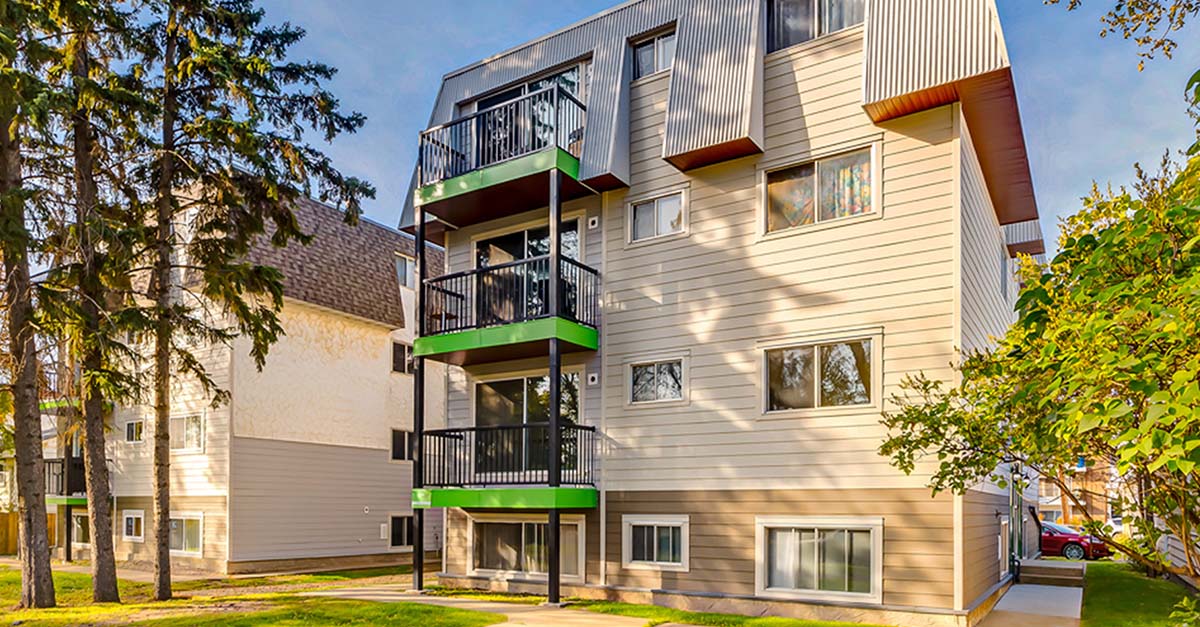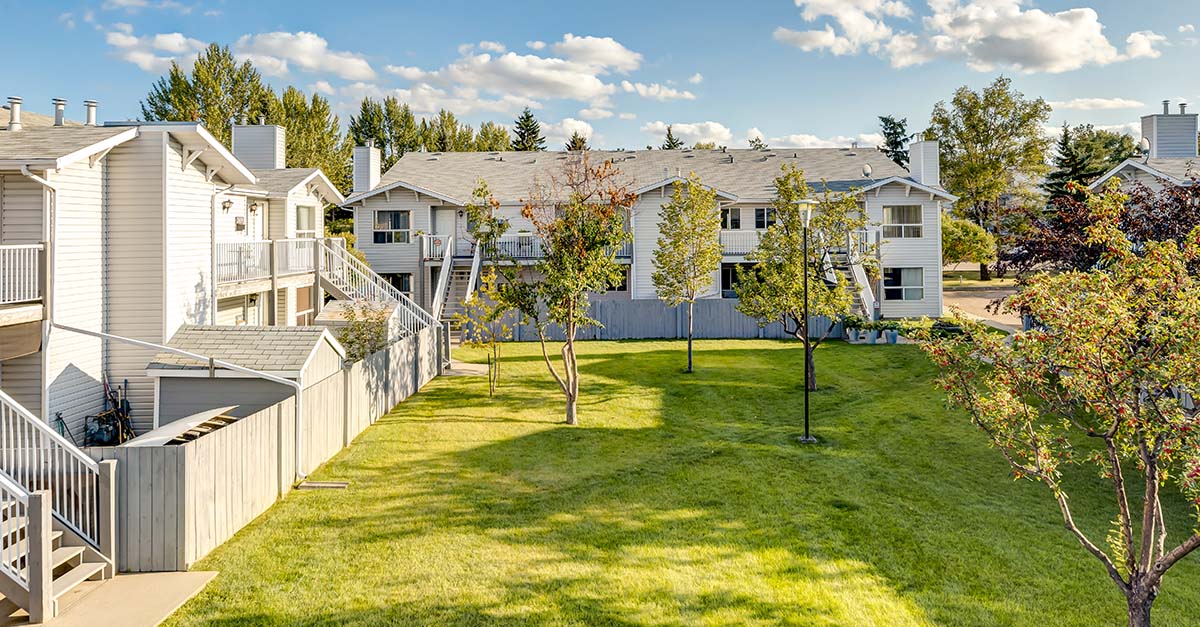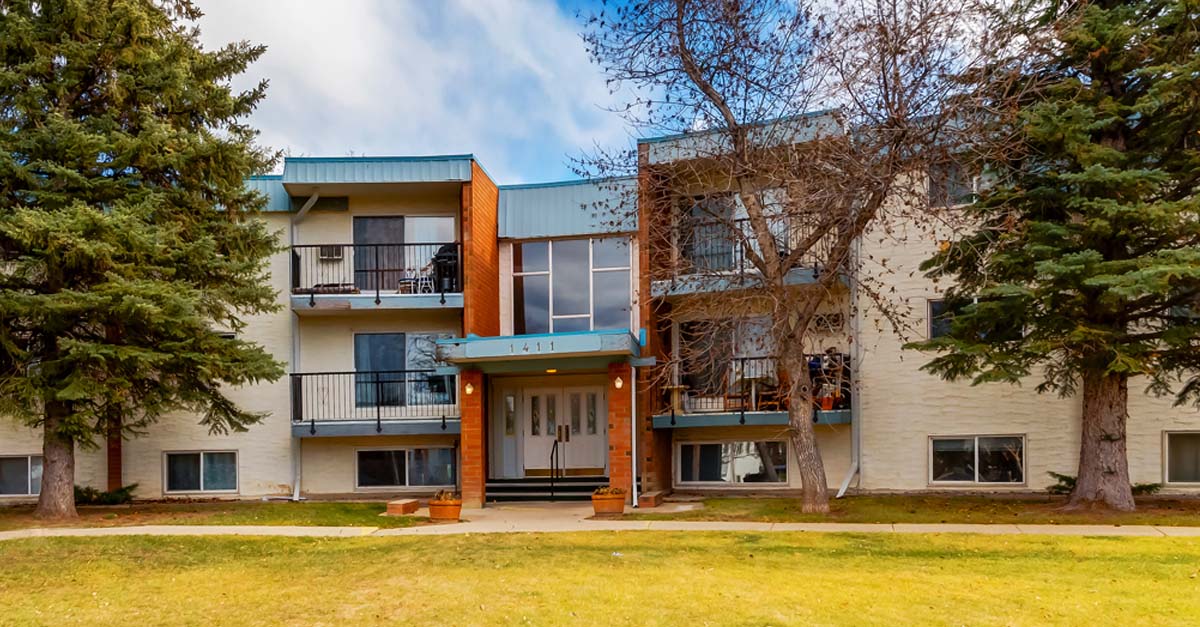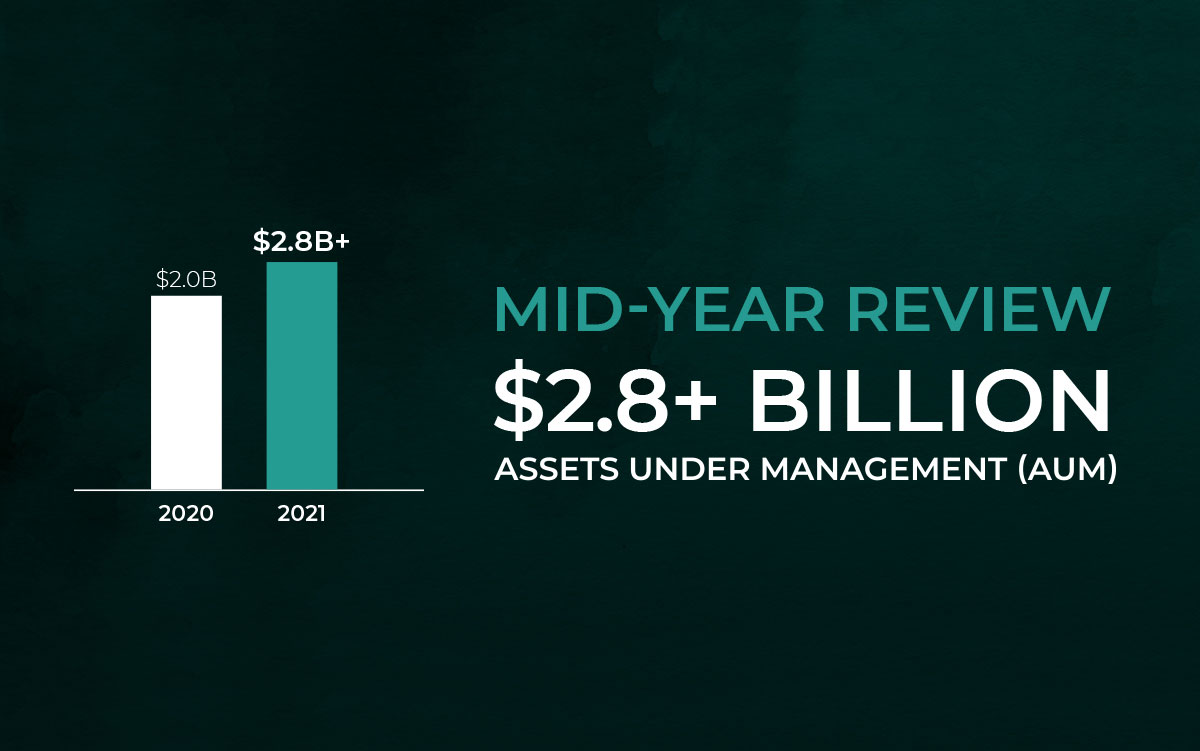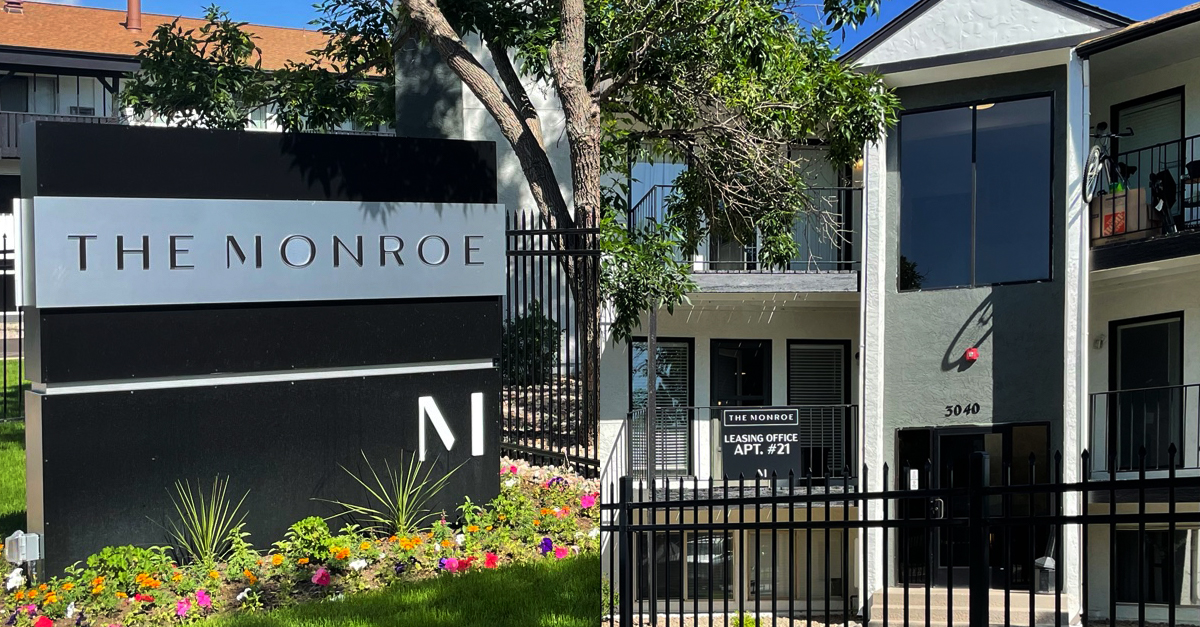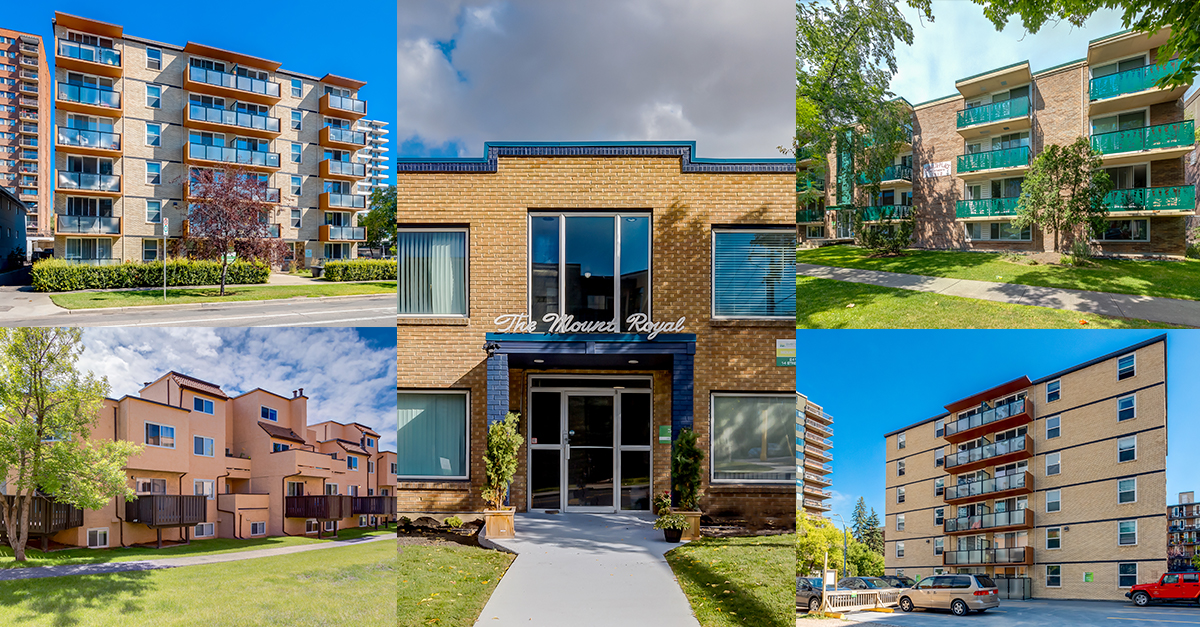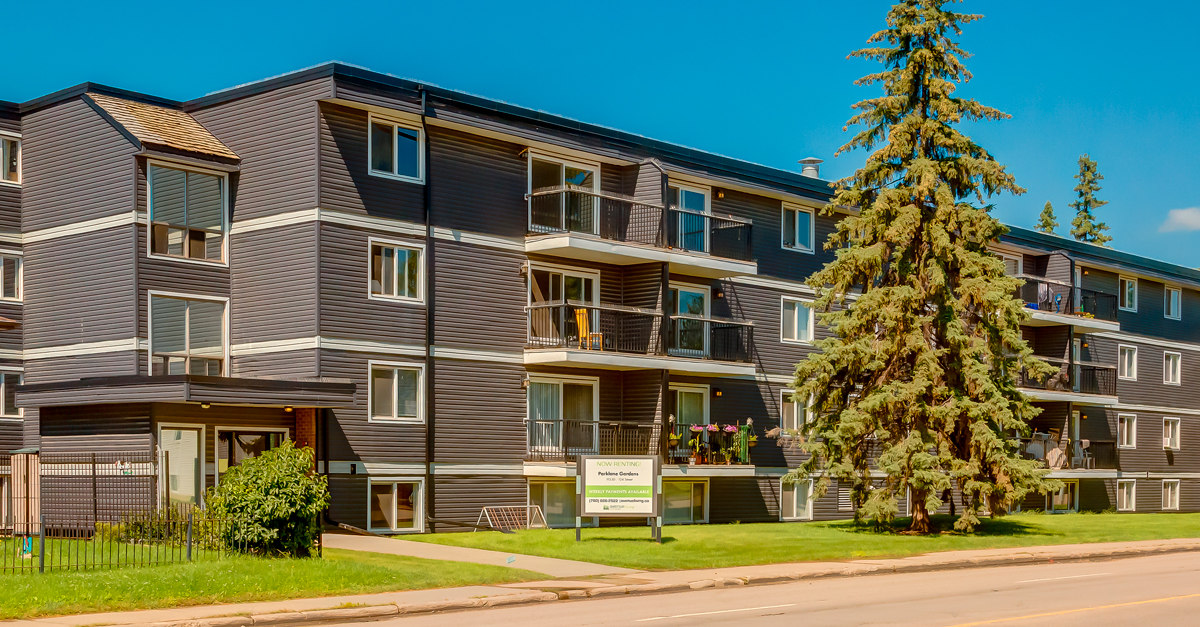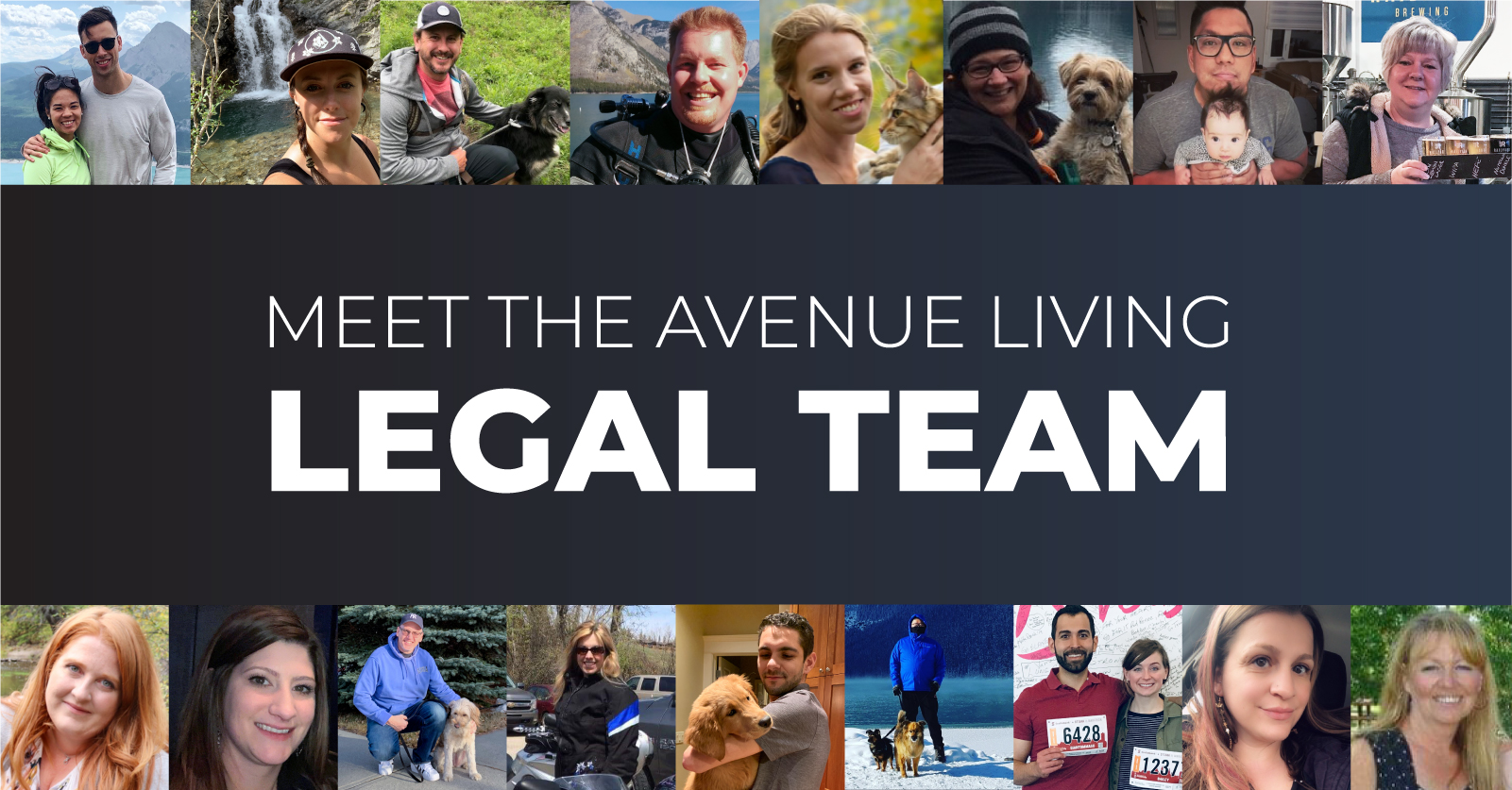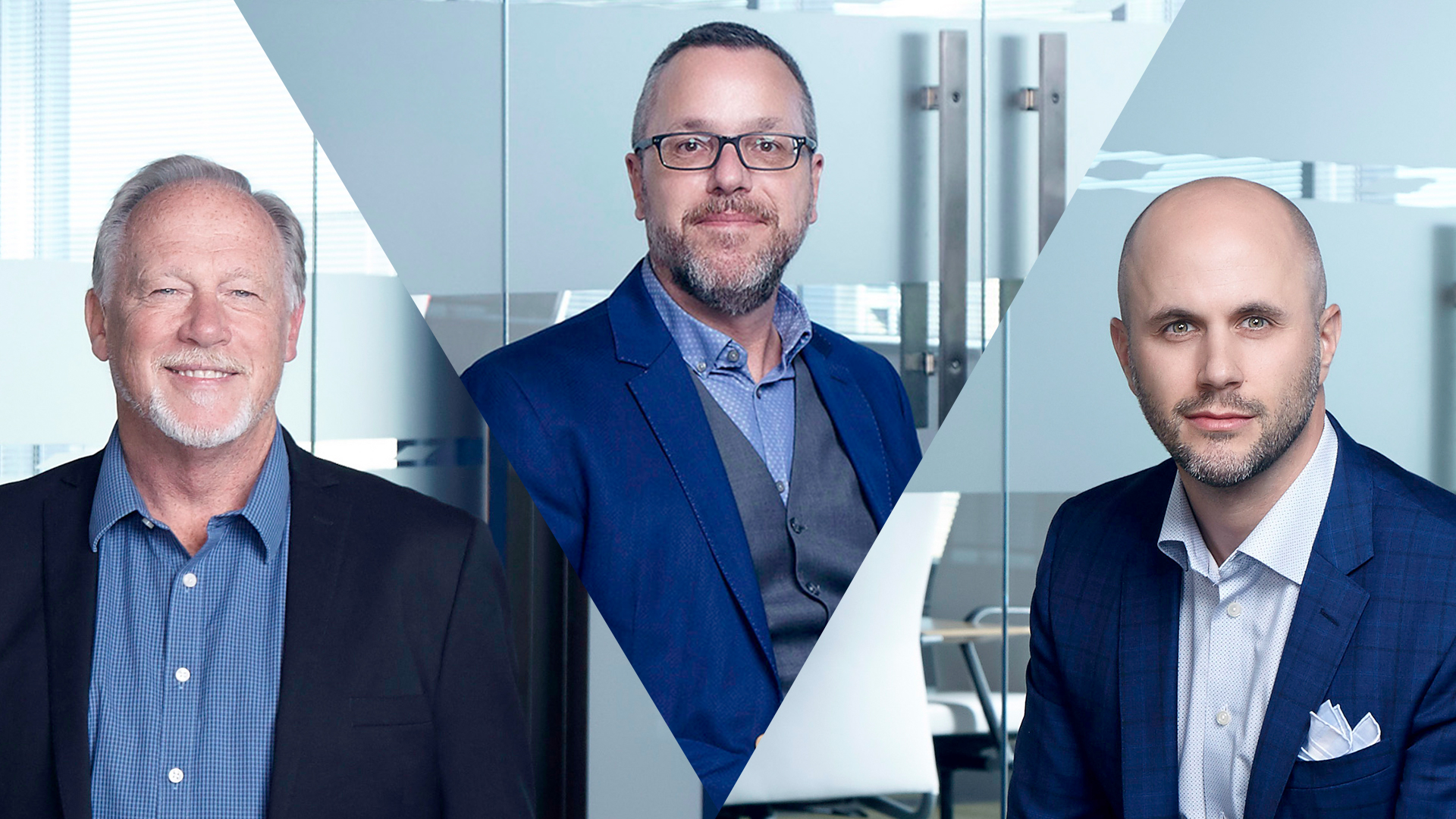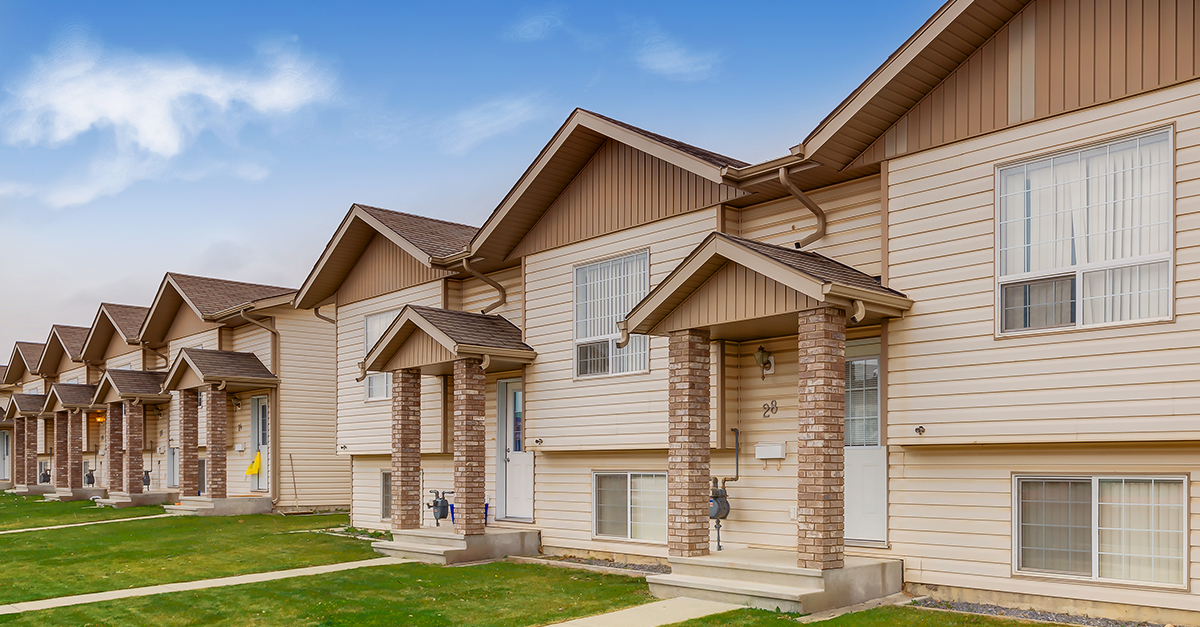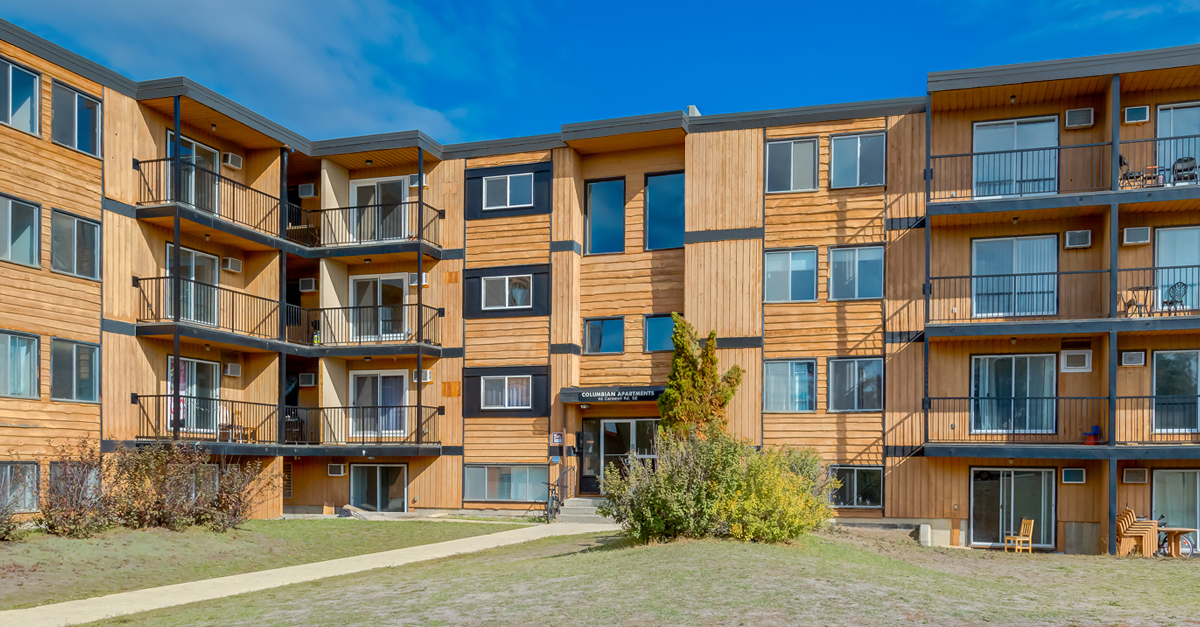Central Alberta is one of the province’s most densely populated areas, complete with a strong and diverse workforce. Red Deer, Camrose, and Wetaskiwin are three cities that Avenue Living thinks hold a lot opportunity. With 401 doors in Wetaskiwin, 325 doors in Camrose, and 444 in Red Deer, Avenue Living continues to build our presence in this market because of its vast potential.
“Investing in Central Alberta makes sense for Avenue Living. We are creating value for both our residents and investors in Central Alberta, and seeing strong occupancy rates,” says Kal Chary, Regional Vice President, Avenue Living. With his 12+ years of experience with property and project management, and an MBA from the University of Bedfordshire in Luton, England, Kal’s diverse background and education have him well-suited for his role with Avenue Living.
Strong occupancy rates
The collective region is known for its consistently high occupancy rates. Even with high occupancy numbers, every market is unique and comes with challenges that keep Kal and his team attentive. For Kal, it’s the consistency that matters.
“For us, we ask ourselves ‘how long can we sustain this occupancy, and what can we do to increase resident satisfaction and foster a positive experience?’” Kal says Alberta has immense potential for growth for Avenue Living and for its investors.
Repositioning of Mount Rose building
For Camrose, a city with an older population, it’s our goal to support and assist older residents in their living areas. We plan to reposition the Mount Rose building in a way similar to the Westwinds complex in Lethbridge — now renamed Applewood — emulating the age-friendly renovation’s success.
“This presents a good opportunity for us to invest capex towards an age-friendly building in Camrose,” Kal says. This repositioning presents further opportunities for investors while creating a positive experience for residents.
Our continual evaluation of our assets throughout the region has led us to make strategic capital investments, helping increase not only their value, but providing a home for our residents that supports physical and social well-being, with added security and comfort.
Value-adds for residents and investors
We ensure our service levels are to our standards in each building we manage in the region. If we receive a complaint or work order, we immediately address the concern. We are both proactive and reactive in our management, and always focused on building strong relationships with residents. “Consistent engagement has helped us find areas where we can improve, and what needs to be done. We understand our customers,” Kal says.
These value-adds highlight a commitment to both our investments and our investors, demonstrating Avenue Living as a trusted asset manager.
We are thorough and detailed with where we invest. Operating in a market such as Central Alberta, we have a pulse on the market, and are able to respond quickly to future growth opportunities.
With affordable rents in desirable buildings and a high working population, we can offer a wide range of rent prices, dependent on the size of units and variety of multi-family offerings we have. With our proven market strategy and research, we can tap into markets with rents spanning from $700 to $1,300+.
Due to its stable population numbers, affordability, and consistent resident base, Central Alberta is an enticing market for us as we seek to add other buildings and investments in the region. With an incredible group of management professionals who have helped build out an efficient, vertically integrated operating platform, Avenue Living is strategically focused on the markets and areas we target, striving to drive returns for our investors.
This commentary and the information contained herein are for educational and informational purposes only and do not constitute an offer to sell, or a solicitation of an offer to buy any securities or related financial instruments. This article may contain forward-looking statements. Readers should refer to information contained on our website at www.alamstg.wpenginepowered.com for additional information regarding forward-looking statements and certain risks associated with them.

